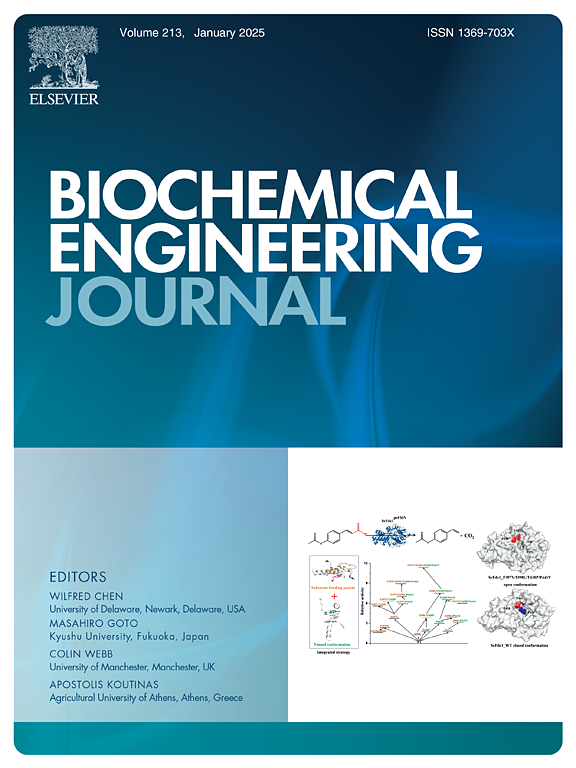Effect of serum on chondrogenic differentiation and proliferation of 2D cultured rat bone marrow mesenchymal stem cells
IF 3.7
3区 生物学
Q2 BIOTECHNOLOGY & APPLIED MICROBIOLOGY
引用次数: 0
Abstract
Bone marrow-derived mesenchymal stem cells (BMSCs) are considered the "golden standard" of seeding cell for cartilage or bone tissue engineering, but there are inconsistent reports regarding the use and concentration of serum on chondrogenic differentiation of BMSCs. We aim to investigate the effect of serum on chondrogenic differentiation and proliferation of BMSCs in 2D culture. Microscopic observation and counting of the effects of different serum concentrations (0 %, 0.5 %, 1 %, 2 %, and 5 %) on the cell aggregation of BMSCs induced for different durations (7 d, 14 d, and 21 d) revealed that an appropriate concentration of serum (1–5 %) facilitated the formation of cell aggregates during BMSCs chondrogenic differentiation in 2D culture; CCK-8 revealed that serum on cell proliferation was not significantly different, but live/dead staining showed that serum offered cells a favorable living environment resulting a good activity for BMSCs chondrogenic differentiation; Histological examination found no significant difference in different serum concentrations on BMSCs chondrogenic differentiation, suggesting that serum may not be a decisive factor in chondrogenic differentiation. In conclusion, serum can significantly promote cell microsphere formation and growth, which is beneficial to the automatic transformation from 2D to 3D due to offering cells a favorable living environment. It has important guiding significance for the large-scale formation of cell microspheres, which is recognized to contribute to the repair of osteochondral injury.
求助全文
约1分钟内获得全文
求助全文
来源期刊

Biochemical Engineering Journal
工程技术-工程:化工
CiteScore
7.10
自引率
5.10%
发文量
380
审稿时长
34 days
期刊介绍:
The Biochemical Engineering Journal aims to promote progress in the crucial chemical engineering aspects of the development of biological processes associated with everything from raw materials preparation to product recovery relevant to industries as diverse as medical/healthcare, industrial biotechnology, and environmental biotechnology.
The Journal welcomes full length original research papers, short communications, and review papers* in the following research fields:
Biocatalysis (enzyme or microbial) and biotransformations, including immobilized biocatalyst preparation and kinetics
Biosensors and Biodevices including biofabrication and novel fuel cell development
Bioseparations including scale-up and protein refolding/renaturation
Environmental Bioengineering including bioconversion, bioremediation, and microbial fuel cells
Bioreactor Systems including characterization, optimization and scale-up
Bioresources and Biorefinery Engineering including biomass conversion, biofuels, bioenergy, and optimization
Industrial Biotechnology including specialty chemicals, platform chemicals and neutraceuticals
Biomaterials and Tissue Engineering including bioartificial organs, cell encapsulation, and controlled release
Cell Culture Engineering (plant, animal or insect cells) including viral vectors, monoclonal antibodies, recombinant proteins, vaccines, and secondary metabolites
Cell Therapies and Stem Cells including pluripotent, mesenchymal and hematopoietic stem cells; immunotherapies; tissue-specific differentiation; and cryopreservation
Metabolic Engineering, Systems and Synthetic Biology including OMICS, bioinformatics, in silico biology, and metabolic flux analysis
Protein Engineering including enzyme engineering and directed evolution.
 求助内容:
求助内容: 应助结果提醒方式:
应助结果提醒方式:


